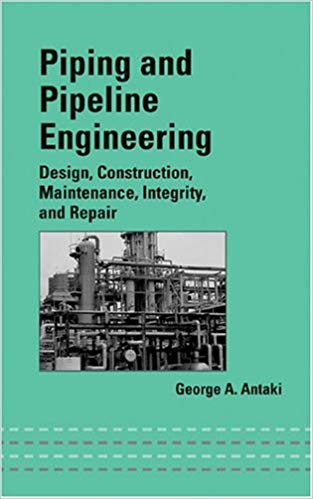National Oil Companies (NOCs) in Thailand and Indonesia are using the expiry of existing production-sharing contracts as an opportunity to take greater control of mature oil and gas fields domestically, says GlobalData, a leading data and analytics company.
The company’s latest research reveals that PTT Exploration and Production Public Company Limited (PTTEP) in Thailand and PT Pertamina in Indonesia will operate the majority of production in their respective countries by 2023. PTTEP won the 2018 international auctions for the Bongkot and Erawan concessions and the new concessions start from 2022 with PTTEP as the operator. Two particularly large blocks taken over by Pertamina are the Mahakam block operated by Total SA before 2018, and the Rokan block operated by Chevron Corporation until 2021.
Nicole Zhou, Upstream Analyst at GlobalData, commented, “Countries across Southeast Asia are starting to see their NOCs as the key agents to improving national energy security. However, increasing responsibility for key producing assets may well come at a cost. Pertamina has not operated an asset on the scale of Mahakam and Rokan previously and the longest it has operated one of its top 10 largest projects by gross production is eight years.
“PTTEP currently has a small equity share in some of the fields that will be in the Erawan concession, but it will become the main participant and operator in the new concession. At Bongkot, it is already the operator, but will significantly increase its share in the field by becoming the sole participant.”
Zhou continued, “In Indonesia, regulations introduced over the past three years have made it easier for the state-run NOC, Pertamina, to take over blocks with expiring production-sharing contracts. In Thailand, PTTEP’s bid won based on its gas price – US$3.55/MMbtu – and profit share terms, which are thought to be more competitive than Chevron’s proposed terms.”
As Thailand and Indonesia try to improve the security of their energy supplies and increase their control of reserves, the NOCs may be taking on more than they can handle. Gas production in April 2019 from Mahakam block that Pertamina took over was only 666.6 mmcfd, as the company struggled with rig mobilization and poor weather. The previous year, challenges with rig procurement and mobilization prevented Pertamina from meeting its production target for the block, which was already 75% of 2017. Stabilizing production in these major projects such as Mahakam and Rokan in Indonesia and the Erawan concession in Thailand will be a big stretch for Pertamina and PTTEP.
Zhou added, “The mature fields will require advanced technologies, extensive management experience and consistent production maintenance/enhancement expenditures to compensate for the high natural decline rates. It remains to be seen whether these national oil companies will be able to learn quickly enough to convert their new assets into increased production.”
8:34:00 PM | 0
comments





















